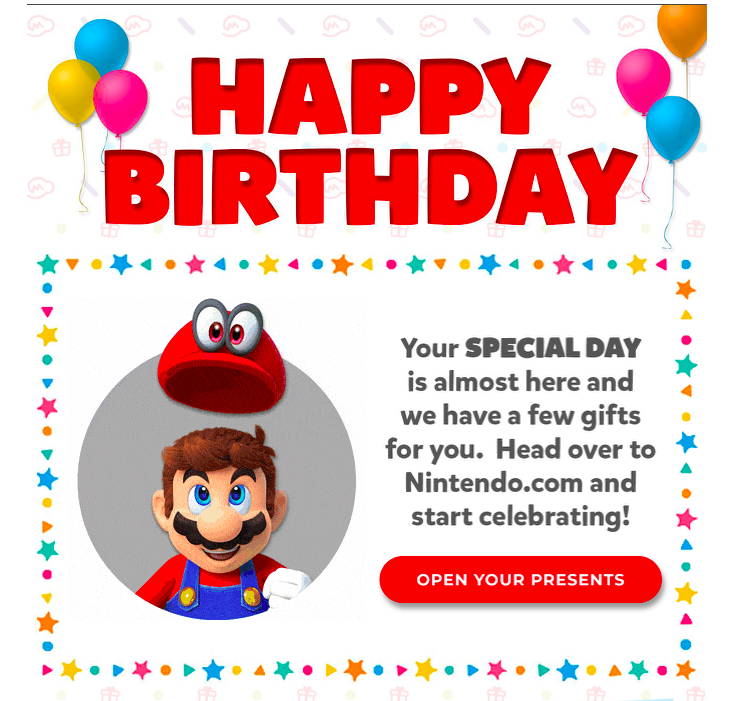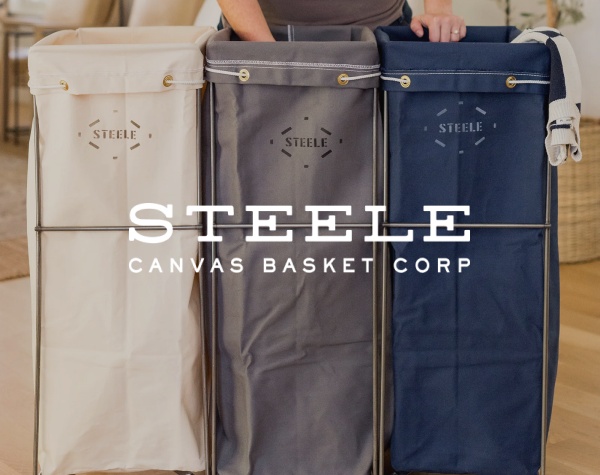Personalized Ecommerce Emails: Why Every Brand Needs Them in Their Digital Strategy
In this article, learn the importance of personalized ecommerce email and why it’s a key part of any successful retailer’s growth strategy.
Whether you’re new to the world of personalized emails or simply need a refresher, here’s a rundown on why they’re a key part of customer engagement and conversion, plus high-level strategies and examples to create a unique and consistent email strategy.
Why are Personalized Ecommerce Emails Important?
Emails are an integral part of every successful ecommerce marketing strategy. In fact, email marketing drives $44 dollars in revenue for every dollar spent. What’s more, according to the latest ecommerce statistics from Salesforce, 52% of customers say that when emails aren’t personalized, they’ll find somewhere else to go.
Customer demands for personalized ecommerce experiences are only growing with time, and retailers who go the extra mile are rewarded with loyal repeat customers. With these increasing demands, email personalization has become a must-have – but some retailers simply don’t know where to start.
The heart of a successful email marketing is understanding how your shoppers interact with your products and delivering content that speaks to those interests. There’s an endless number of questions that come into play when considering how to build a highly personalized ecommerce email, such as:
- How close (or far) is the shopper from making a purchase?
- Has the shopper browsed a product but still not added to cart?
- Has the shopper added a product to their cart but abandoned the site before purchasing?
- Are the products shown to a customer relevant to the location they’re shopping from?
- Has an existing customer been inactive for a while?
The list can go on for days – but there’s one strategy that can help address all of these questions to ensure you’re sending the right email content to the right customer. It all comes down to segmentation.
The Fundamentals of Segmentation
Segmentation involves grouping shoppers who display similar affinities: from browsing history to purchase patterns and more.
More advanced and powerful ecommerce email strategies also entail utilizing their behavioral data (e.g. brand and product category preferences, their stage in the sales funnel, and any items left in their shopping cart).
High-level Strategies and Examples to Leverage your Segments
Here are a few of the many strategies that can help you make the most of your segmentation efforts.
Utilizing Demographic Data
While demographic data is the much more impersonal than behavioral data, you can still leverage it to create high converting email campaigns by emphasizing the content most likely to be relevant for that group.
Example 1: Seasonal targeting
A clothing retailer releasing a new line of men’s winter coats should target men living in colder climates, such as New England, while excluding shoppers from warmer climates, such as the American South.
Example 2: Generational targeting
Younger generations are more likely to use Instagram, TikTok, etc.. When promoting a new launch of young women’s blouses, an ecommerce retailer might integrate Instagram posts of stylish customers or influencers wearing the collection into their emails to provide social proof.
Leveraging Behavioral Data
Emails using segments based on behavioral data tend to be much more personal and effective in driving conversion and clicks. Modern retailers utilize artificial intelligence to automatically place shoppers into relevant segments based on their browsing history, purchase history, and lifecycle status.
Example 1: Segmentation on the basis of product preferences
When British luxury brand dunhill released a ‘Aquarium’ collection, it created four different segments based on the likelihood of interest in the new line. After identifying customers most likely to be interested in a new release, it would be the perfect opportunity to send segmented marketing emails.
Example 2: Segmentation on the basis of cost sensitivity
Some customers are especially cost-sensitive. By creating a segment for these customers and sending them a special email with a time-limited discount code, an online retailer is able to incentivize purchases among the group most likely to respond; while not hurting margins by giving away a discount to other customers.
Personalized Ecommerce Emails that Drive Engagement
Sometimes it’s the smallest touch that gets a shopper to decide to open that email or make that purchase. For example, did you know that emails with personalized subject lines are 26% more likely to be opened?
Let’s go through a few other personalized approaches that can supercharge your conversion rates.
Behavioral Emails
One of the most potent email marketing tactics is re-engaging shoppers who abandoned their carts, leading to an average conversion rate of 14%. With 70% of shopping carts being abandoned, this equates to plenty of opportunity for online retailers! Automatically send forgotten carts to shoppers to provide a friendly reminder. Or capture their email addresses for future retargeting campaigns by implementing a popup that offers to send them their basket when they’re about to leave your shop.
Continue reading: Learn what goes into creating the perfect abandoned cart email.
Birthday Greetings
One great way to show your customers just how much you appreciate them is by sending them an email with a special birthday message. Top it off with a limited-time discount code to get them back onto your site.

Complementary Product Recommendations
After a customer has made a purchase, recommend products that go together or even enhance the product. You can do this in a separate email or even integrate the product recommendations into your order confirmation emails. For example, someone who just bought a new Nintendo Switch, might be interested in additional remotes, games, accessories.
Ready to Dive Into Personalized Ecommerce Emails?
The possibilities to master product recommendations in your email are endless. Eager to start optimizing and segmenting your emails? Check out our guide to building the ideal product recommendation email strategy






